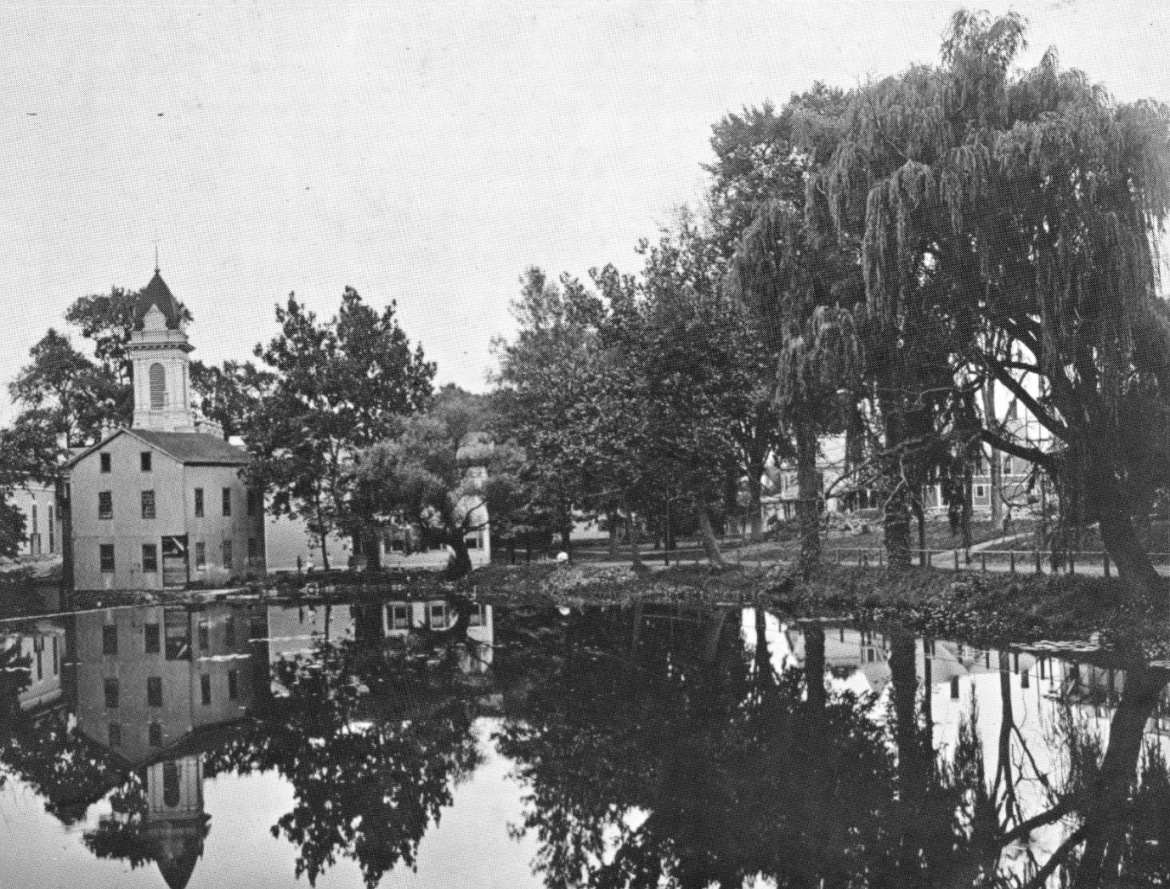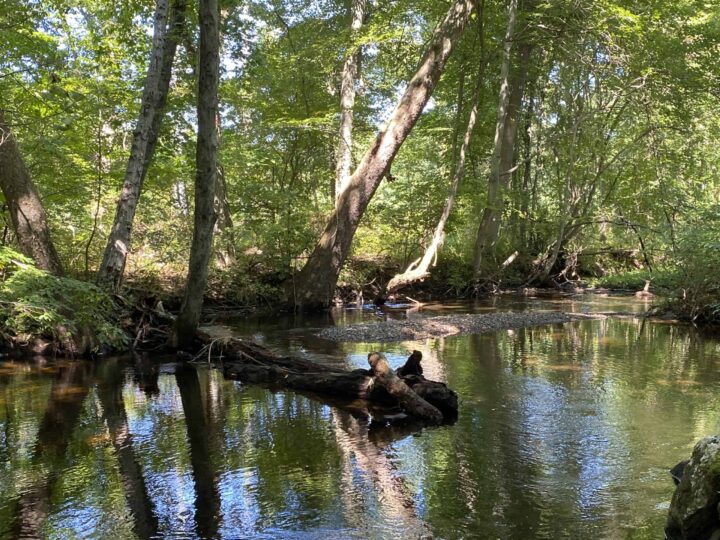
The Mills of Milford
Garnering its name from the numerous mills that operated within its borders, Milford, Connecticut, established itself as a prominent early settlement in New England. Milford’s plentiful lands and rising business ventures saw the building of a long list of different kinds of mills ranging from grist, saw, fulling, tide, carding, and cider mills.
The most famous and well known among this list is the Old Fowler’s Mill, which was the first to be built. Erected in 1640 at the intersection of present-day New Haven Avenue and the Wepawaug River, Fowler’s Mill was built just one year after the settlement of Milford in 1639. In a decisive vote by the Second General Court, the townspeople of Milford granted a plot of land and use of the Wepawaug River to William Fowler in return for the building of the gristmill, which was up and operational in seven months.
The first years of Fowler’s Mill proved to be tough, but the town of Milford and its people came together to tackle any obstacle. In 1645 a freshet (the flood of a river from heavy rain or melted snow) partially destroyed the mill. In a testament to the vital role the mill played in those early days, the town fathers voted and ruled that that William Fowler was to repair the mill with the townspeople at his disposal. Each man would be called upon for one day’s work until the mill was repaired in full. Three years later in 1648, a bridge was built over the Wepawaug River to benefit the west end residents who used the mill’s services. This wooden bridge was built upon the site of the present-day Memorial Bridge.
After surviving eight generations and 261 years, Old Fowler’s Mill was demolished in 1901 after it passed out of the Fowler family. As the town began to grow and with more traffic passing through, a need to widen the road north of the Memorial Bridge saw the Fowler homestead and the rest of the Fowler Mill land demolished and razed.
Today, the Fowler Memorial Building resides upon the land that once held the mill. Nearby, at the beginning of the Memorial Bridge, a seat has been carved out of the original millstone used by William Fowler in 1640.
As Milford began to grow into a more bountiful and productive colony, the need for more mills was apparent. On September 29, 1674, the town authorized the building of two new mills: a fulling mill and saw mill that were erected on the west end of town on Beaver Brook, close to what is now the reservoir owned by the Milford Water Company. The fulling mill involved the cleansing of cloth (often wool) of oils, dirt, and impurities and made it fuller and thicker, and produced a cleaner, more durable cloth.
Apart from Old Fowler’s Mill, between 1689 and 1707, Milford sanctioned the building of other gristmills, such as one by John Plumb, Sr., and tide mills on sites that included Baldwin’s property on Beaver Brook, property on Rose’s Mill Road on East (Indian) River, and land near the mouth of the East River north of the present-day Gulf Bridge.
The early decades of the 19th century saw the rise and fall of Milford’s mill production. The site of the Plumb mill was sold in 1815 to the Milford Marble Company which began operating a plant for cutting serpentine limestone and marble. By 1819, Milford saw the operation of three fulling mills and three carding mills along with the remaining mills still in use. Another freshet in 1843 partially destroyed Fowler’s Mill again, but it was repaired by a grant of $150 made by the town. Over time, while the mills of the town continued to stay in use, the population dropped due to the migration of independent farmers who would rather leave than become factory workers. By 1868, this decline in farmers, and the rise in other types of industry, left the town with one sawmill, five cider mills, and one sorghum mill.
Eventually each of these mills would fall prey to more modern modes of manufacturing. The old mill sites have been replaced by stores, homes, and roads. Present day Milford enjoys an updated and different growing economy.
1 Comment
-
I loved reading the article about the mills of milford. I spent my summers on Bayview beach, l love milford, it is a beautiful city rich with history!




